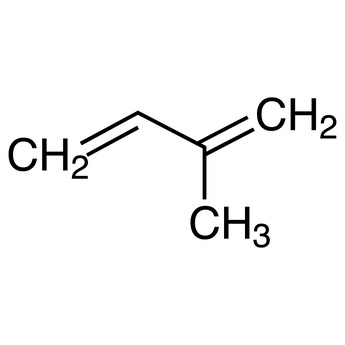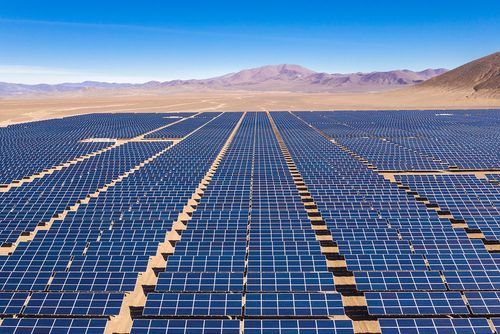Cowboy Clean Fuels, a Wyoming-based RNG producer, is preparing to launch a Series B to reach commercialization, CEO Ryan Waddington told ReSource.
CCF injects biomass feedstock like molasses into the coal seams of spent coal mines about 1,000 ft. below surface, relying on the endogenous microorganisms living in those seams to produce methane, Waddington said. Capex on projects is low, up to $6m each.
The company raised $10m in a Series A and will seek to raise that same amount for a Series B. The company has been assisted by Syren Capital Advisors.
Projects are set up as separate entities under the parent, Waddington said. Six projects, each ranging from 70 to 300 wells, are in the company’s pipeline now in the Powder River Basin of Wyoming and Montana.
“We can replicate this 1,000 times,” Waddington said of the immense number of available wells in the region, which can be acquired cheaply. Additional growth could come in the San Juan region of New Mexico, where coal capacity is being retired quickly.
The fuels could be sold as renewable diesel into markets with incentives, like California’s LCFS, Waddington said. The renewable fuel is significantly (10X) more expensive than natural gas produced as a by-product of oil production. But, CCF is not looking to participate in the LCFS program or the EPA-run RFS program.
“The voluntary market for RNG has really taken off,” he said. A contract for renewable diesel offtake is pending with a Wyoming-based oil and gas company looking to lower its CI score.
CCF’s projects are much larger than a typical RNG project, Waddington said; the first project will produce at some 700 cfpy and include 185 tons of CCS. CCF is looking for EPC providers now.
The executive team of CCF has a minority position of the company, Waddington said. The founders and the management team together have a majority position.
The company’s first 139-well project in Wyoming is awaiting final approval from the federal Bureau of Land Management.
CCF is primarily VC-backed to date. The company received approximately $7.8m through the Energy Matching Funds program of the Wyoming Energy Authority early this year.






